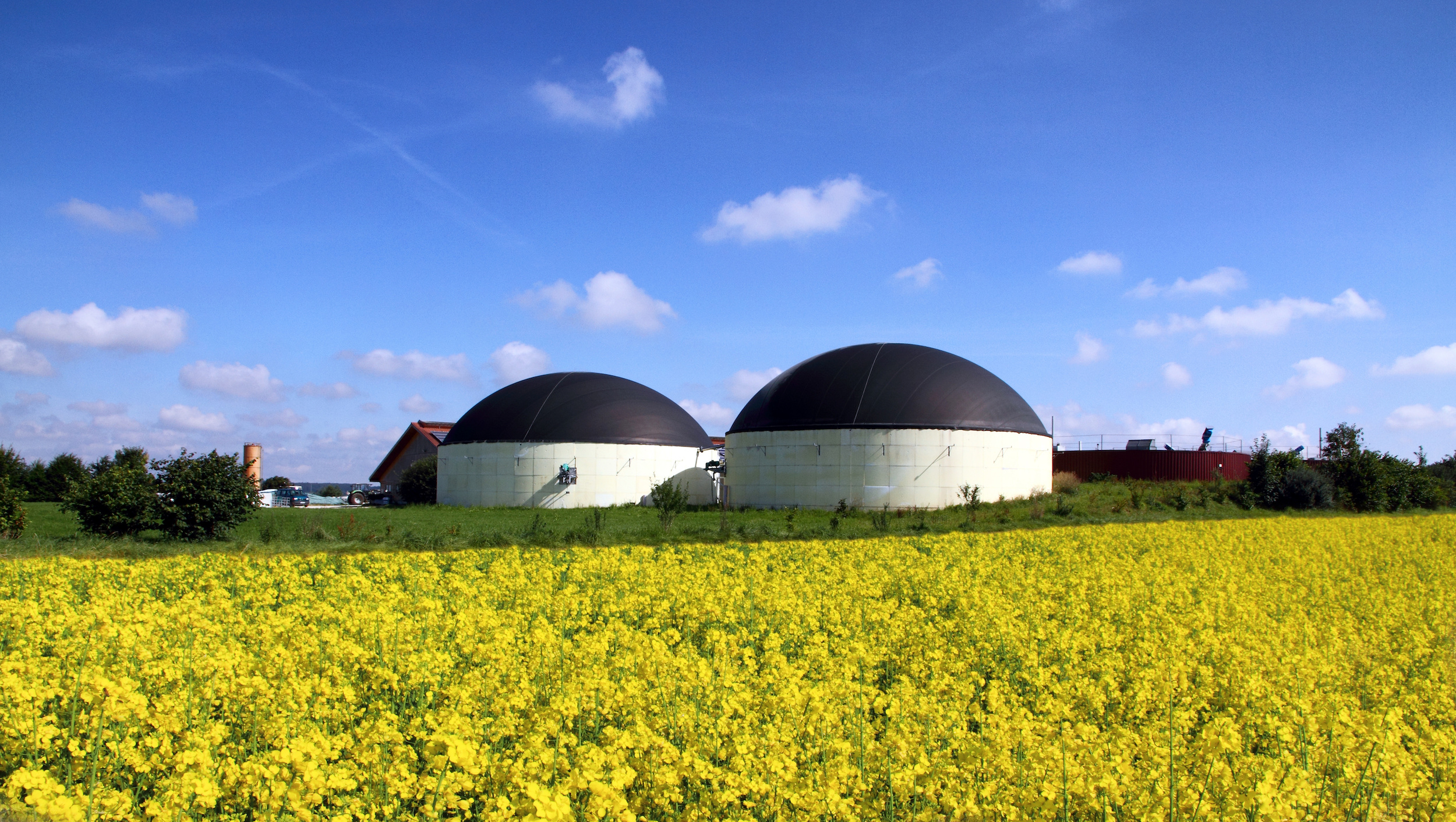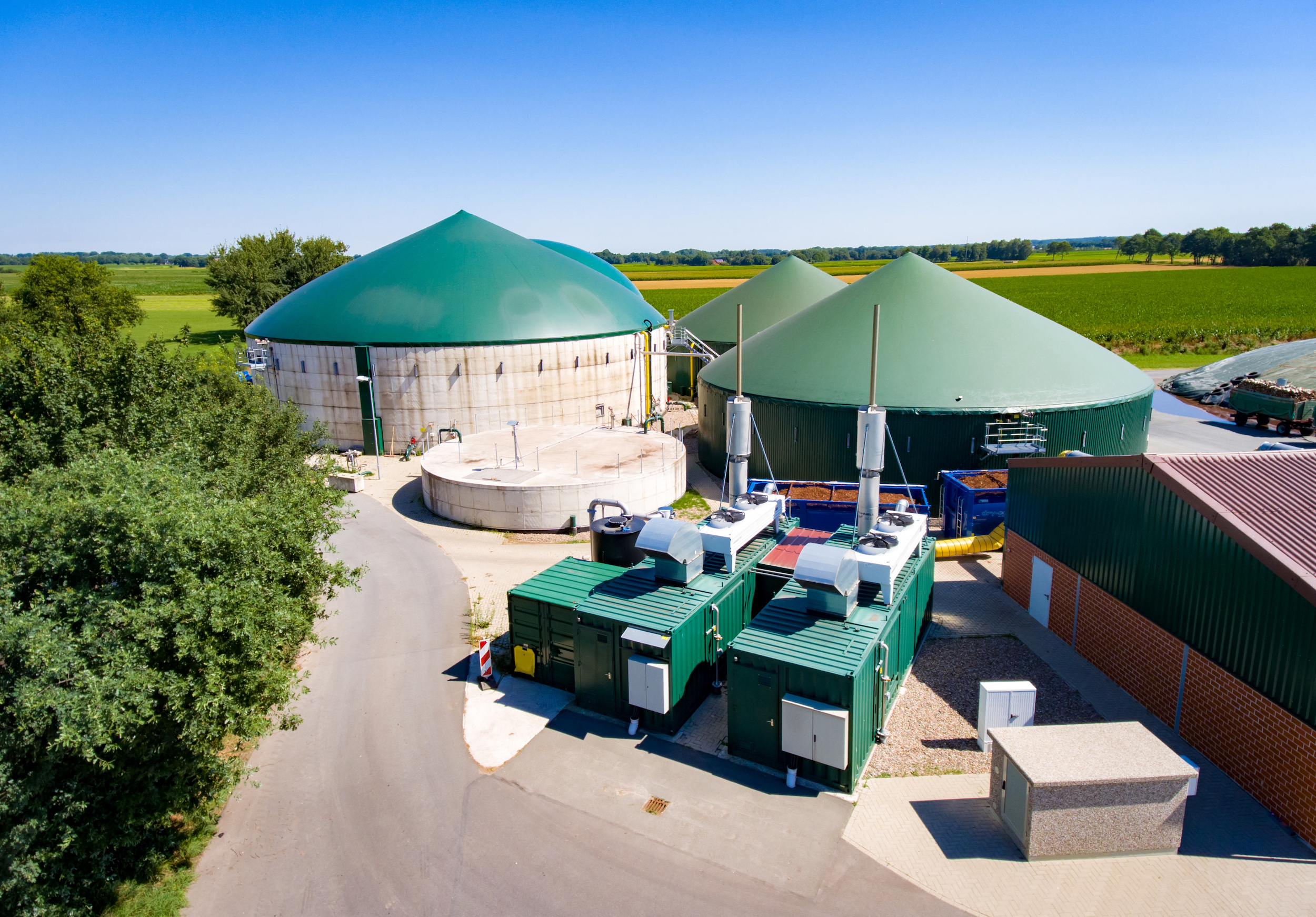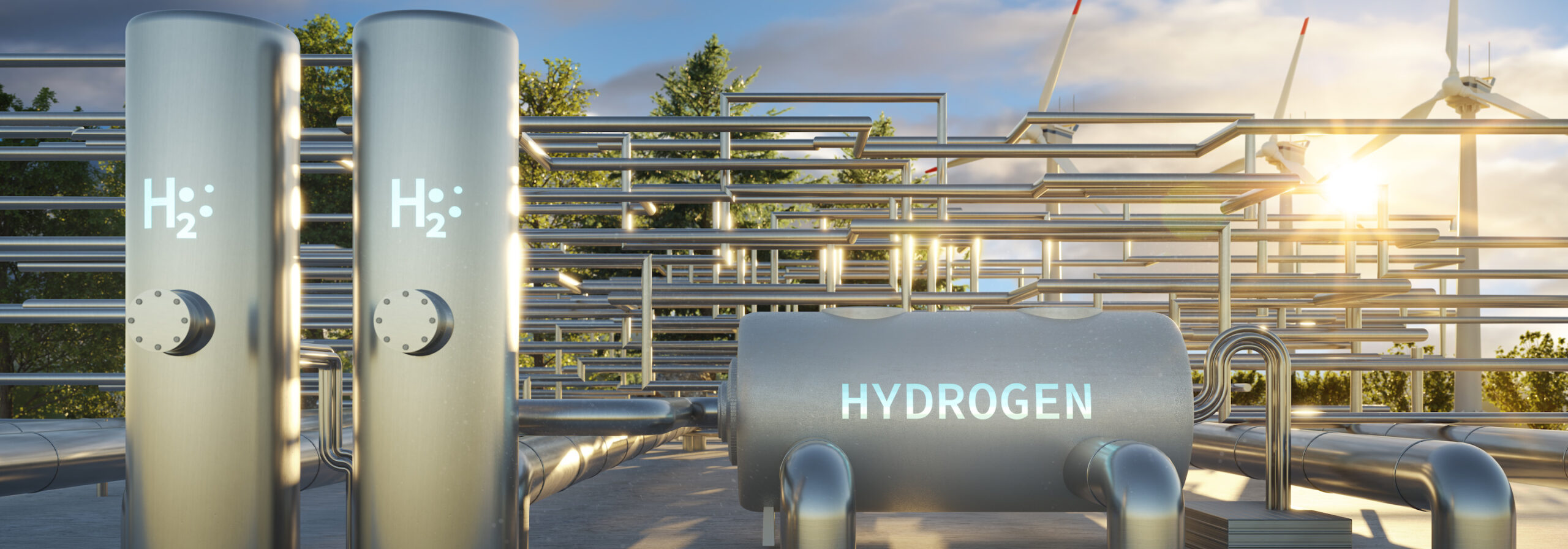Europe’s Road to the Energy Reform: Harmonization of Economic Factors and Climate Protection

The “European Green Deal” of the European Commission lays out an action plan to make the EU economy sustainable. One of the top priorities of this plan is to promote the efficient use of resources through the transition to a clean and circular economy. Moreover, environmental pollution is to be reduced, and biodiversity is to be regenerated. The combination of tried-and-tested technologies and digital innovations that are based on the use of renewable energies can develop new business fields in the energy industry, while at the same time having a sustainable positive impact on the climate.
Efficient Use of Resources
Under the headline “The Future Is Now”, Europe’s next steps in mastering the energy reform were discussed at the 2020 dena conference of energy revolution, which was held digitally on November 16 and 17. The energy reform is associated with a number of challenges for politics and the economy alike. The goal is to develop solution concepts that are not only profitable, but also sustainable and eco-friendly.
For businesses, operating costs represent a key cost factor. Substantial cost savings are possible through an efficient management and production approach. For example, this includes the power supply with a company-owned cogeneration power plant. Apart from reduced operating costs, operators of combined heat and power plants can feed in part of the internally generated power to the public power grid. The use of eco-friendly energy sources such as natural gas or biogas greatly reduces the company’s carbon footprint.
Digitization for Smart Energy Generation
In addition to continually changing our way of life and our society, digitization can also be used profitably in the company. The smart networking of power producers, grid operators, consumers, and suppliers requires a growing level of digitization of the energy industry. Processes need to be accelerated and automated in order to be able to respond to the changing needs and requirements of customers, such as the need for quick and comprehensive availability of power. Smart grids and power storage solutions are vital for the sustainable use of renewable energies in power production. Smart grids enable the flexible control of the power generation, consumption, and storage.
Power storage facilities enable the storage of surplus power produced from renewable energies and their release when the production is lower. Alternatively, this excess electricity can also be used for the generation of other energy forms. This is where the so-called “power-to-X” technologies come in.
Power-to-X Technologies
Power-to-X refers to the transformation of surplus power to various other forms of energy or usages, e.g. power-to-heat (PtH), power-to-liquid (PtL), or power-to-gas (PtG). These technologies will play a key role in interconnecting industries for the purpose of integrating renewable energy sources in the energy supply.
For example, renewable energies can be used for the power-to-heat (PtH) process. A key aspect of the definition of the term is that a bivalent or hybrid system is on hand. An important detail is that apart from the PtH plant, there are other systems (e.g. a CHP plant or a heat plant) that can make use of an independent energy source, such as natural gas. In this way, the systems are always capable of covering the heat demand in a flexible way, regardless of the situation on the power market. Thus, PtH refers to an additional (surplus) power consumer, not to the load management of an existing or new consumer.
Efficient Use of Industrial Process Heat
Power-to-heat plants can be used in the industrial field. Some initial power-to-X pilot projects have already been rolled out and continue to be implemented in the field of industrial applications. However, the efficiency and technology of these plants differ greatly depending on the specific application. Among other things, the heat load curve, the temperature level, the legal framework that governs the power procurement costs, and special regulations play a decisive role. Generally, however, the oftentimes continual demand for heat in the industry represents a good precondition for power-to-heat solutions.
Heat storage facilities can also be a restricting factor, as conventional heat storage is very expensive, and its capacity is very limited. New high-temperature heat storage solutions, such as ceramic, concrete, or salt-graphite storage units, are being tested in initial pilot projects and could enable economically viable synergies in combination with power-to-heat solutions. In the introduction phase, however, power-to-heat projects are normally implemented without heat storage. Combined with heat storage, PtH could help to stabilize the power networks by bridging the heat supply whenever the availability of renewable energies is low.
With regard to industrial applications, distinction must be made between a) industrial enterprises that generate process heat with CHP plants, as the incentive to substitute the CHP plant with power-to-heat is low in view of the internal power production and the relatively high power procurement costs, and b) industrial enterprises that generate process heat without a CHP plant. In the case of relatively low power procurement costs (e.g. in the energy-intensive industry) and pure heat generation with natural gas heating boilers, the incentive to implement power-to-heat is high. Where the power procurement costs are relatively high (e.g. in smaller businesses), the taxes and levies would have to be changed in order to make this application scenario attractive.
Photo: © Alexey Kirillov, Adobe Stock
Related articles
Promoting Flexible Biogas Plants to Secure the Energy Supply
For biogas power plants to be used in a flexible way whenever there are power shortages in the near future, the plants need to be flexibilized. To make this economically viable, plant operators need government incentives.
Bioenergy: Key Success Factor at a Turning Point in History
In the face of the ongoing gas crisis, biogas is capable of delivering an important contribution to energy security in Germany. To scale the biogas production to the required level, however, new plants need to be built and existing capacities need to be ramped up as soon as possible.
Energy Generation in Wunsiedel: Decentralized, Autonomous, Sustainable
The Wunsiedel energy park produces heat and power from renewable energies for the local population. To store the green electricity generated, the park’s electrolysis plant produces green hydrogen, which is converted into electricity whenever needed, thus guaranteeing security of supply.




Latest Comments